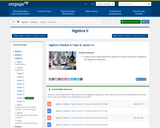
Students solve simple logarithmic equations using the definition of logarithm and logarithmic properties.
- Subject:
- Math 3
- Mathematics
- Material Type:
- Lesson
- Author:
- EngageNY
- Date Added:
- 02/23/2020

Students solve simple logarithmic equations using the definition of logarithm and logarithmic properties.

Students calculate a simple logarithm using the definition.
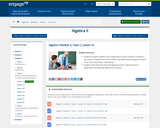
Students interpret addition and multiplication of two irrational numbers in the context of logarithms and find better-and-better decimal approximations of the sum and product, respectively.
Students work with and interpret logarithms with irrational values in preparation for graphing logarithmic functions.
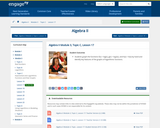
Students graph the functions f(x) = log(x), g(x) = log2(x), and h(x) = ln(x) by hand and identify key features of the graphs of logarithmic functions.
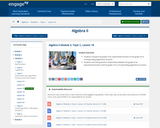
Students compare the graph of an exponential function to the graph of its corresponding logarithmic function.
Students note the geometric relationship between the graph of an exponential function and the graph of its corresponding logarithmic function.
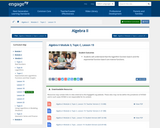
Students will understand that the logarithm function base b and the exponential function base b are inverse functions.
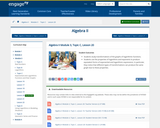
Students study transformations of the graphs of logarithmic functions.
Students use the properties of logarithms and exponents to produce equivalent forms of exponential and logarithmic expressions. In particular, they notice that different types of transformations can produce the same graph due to these properties.

Students understand that the change of base property allows us to write every logarithm function as a vertical scaling of a natural logarithm function.
Students graph the natural logarithm function and understand its relationship to other base b logarithm functions. They apply transformations to sketch the graph of natural logarithm functions by hand.
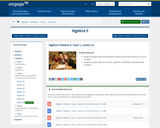
Students analyze data and real-world situations and find a function to use as a model.
Students study properties of linear, quadratic, sinusoidal, and exponential functions.

Students develop a general growth/decay rate formula in the context of compound interest.
Students compute future values of investments with continually compounding interest rates.

Students apply knowledge of exponential and logarithmic functions and transformations of functions to a contextual situation.

Students use the sum of a finite geometric series formula to develop a formula to calculate a payment plan for a car loan and use that calculation to derive the present value of an annuity formula.
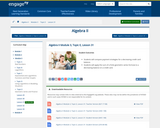
Students will compare payment strategies for a decreasing credit card balance.
Students will apply the sum of a finite geometric series formula to a decreasing balance on a credit card.
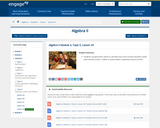
Students use geometric series to calculate how much money should be saved each month to have 1 million in assets within a specified amount of time.

Using tiles to represent variables and constants, learn how to represent and solve algebra problem. Solve equations, substitute in variable expressions, and expand and factor. Flip tiles, remove zero pairs, copy and arrange, and make your way toward a better understanding of algebra.
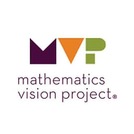
The purpose of this task is to surface a variety of strategies for visualizing twodimensional cross sections of three-dimensional objects, and to identify and/or draw such cross sections. Students encounter cross sections when they slice a loaf of bread, a piece of cake, or a hard-boiled egg, or when they tilt a glass of water in different ways and examine the surface of the water. This task aims to formalize these observations by defining a cross section as the intersection of a plane and a three-dimensional object.
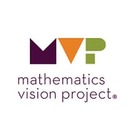
The purpose of this task is to develop skills for visualizing solids of revolution generated by rotating two-dimensional objects about an axis. Students should also begin to recognize that a solid of revolution can be thought of as a collection of circular disks, and that cross sections perpendicular to the axis of revolution will always be circular.
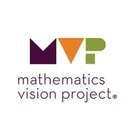
In this task, rational functions are formally defined and connected to rational numbers. Students will use these connections to reduce rational functions and to identify rational functions that are improper and write them in an equivalent form. Students will graph rational functions that can be reduced, seeing that the graph is equivalent to the reduced function except that there is a hole in the graph, produced by the factor that is reduced. They will also graph improper rational functions and identify the slant asymptote.

Susie is organizing the printing of tickets for a show. She has collected prices from several printers. Your task is to use a table and algebra to advise Susie on how to choose the best printer.
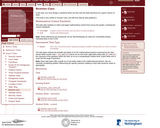
Students must design a cylindrical drink can that uses the least aluminum for a given volume of drink. (This task is very similar to Funsize Cans, but with less step-by-step guidance.)